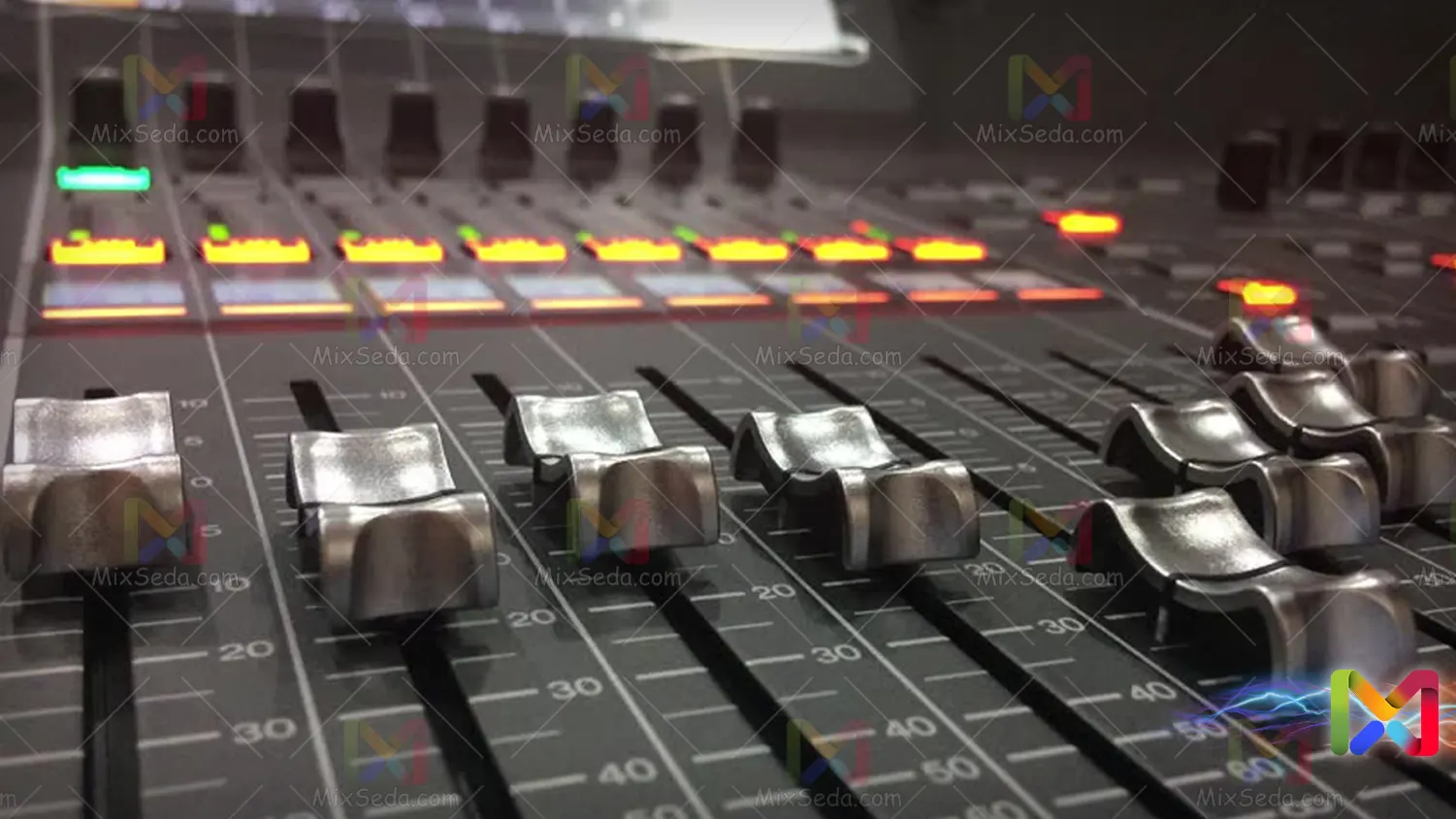
Route of the mixture
First of all, I mean that the mix path is the path that an acoustic signal travels to reach the mixer output.
Each mixer channel has a volume. Which is called the power supply. And determines the volume of the channel sound in the main mix. You can see these feeders in all professional and semi-professional mixers.
This volume is generally linear. But in small mixers it could rotate. Linear feeders are easier to move, allowing the recorder to easily control the volume.
Rotation volumes are more difficult to control and the slightest movement can greatly affect the sound output. Rotating volumes are usually used when a certain amount of sound is used, but linear (feeder) volumes are used where it is necessary to constantly change the volume.
For example, most mixers set a rotary volume for gain because you don't need to change it by default during a run. (Try to set the gain to a fixed number before starting the program and during the run adjust the volume only with the volume through the feeders).
Of course, this is different in digital mixers, because these mixers have a high level of intelligence and I would like to say that the manufacturer has thought about it here, however, in digital mixers, you should also know what you were doing.
The signals are aggregated after passing through rows of sound and linear volumes (feeders) to form the original mixed signal, or they can go and be processed in the bass paths of the main mix subset and then return to the channels and be mixed.
Meanwhile, sounds can pass through effects before arriving at the mixer or amplifier outputs, which are applied to the effects in different directions.
